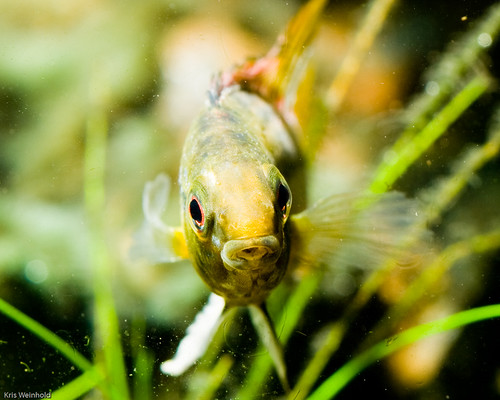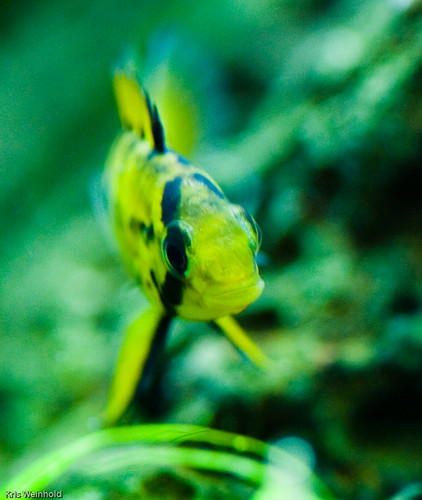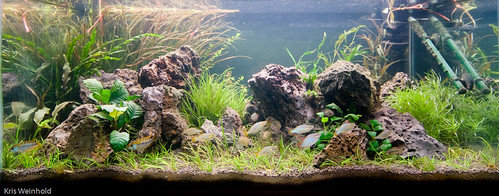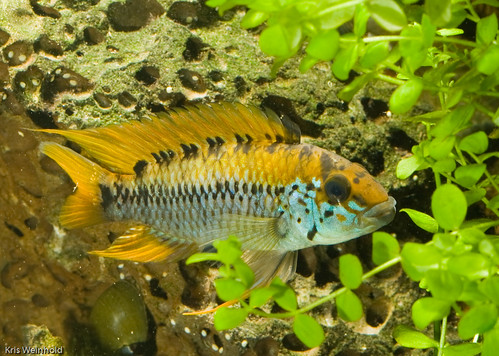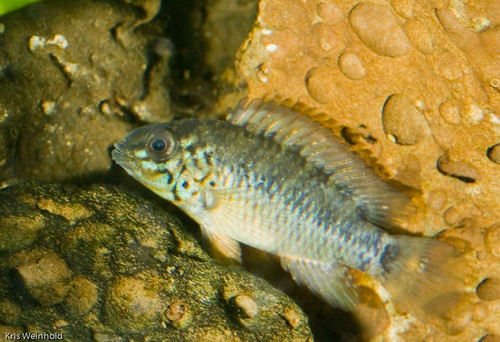Aquafest 2007 was much more than just a set of lectures. In addition to being a fun, social event, CCA also hosted a fish show, showcasing over 100 top-quality fish from around the area. As you can see below, there was no lack of tanks. Cichlids seemed to be the most prominent type of fish on display with discus the size of dinner plates, gorgeous Africans, and even a few apistogramma making appearances. There were also a number of catfish showing.
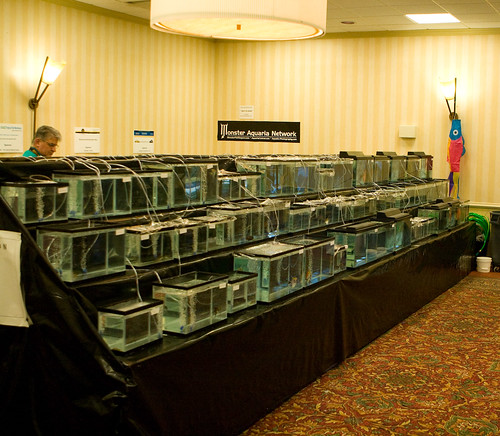
In addition to the fish show, Ray “Kingfish” Lucas had a number of displays setup, touting products from a number of great aquarium-related manufacturers. Tony Orso was also setup, with a few other vendors, such as Anubias Design, at the festival.
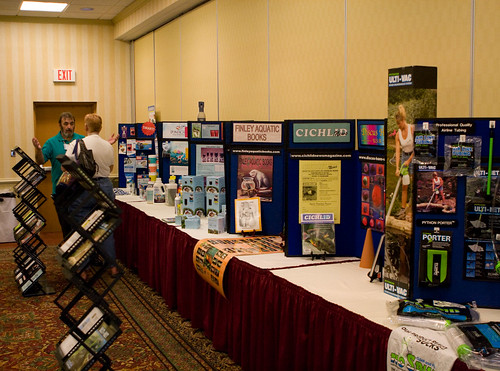
Besides introducing Eric Do, GWAPA’s big event of the weekend was the aquascaping demonstration, led by myself and recent APC tank-of-the-month winner, Jeff U (bigstick120). Aaron T, Dave W., and Eric Do also helped field questions while we were presenting.
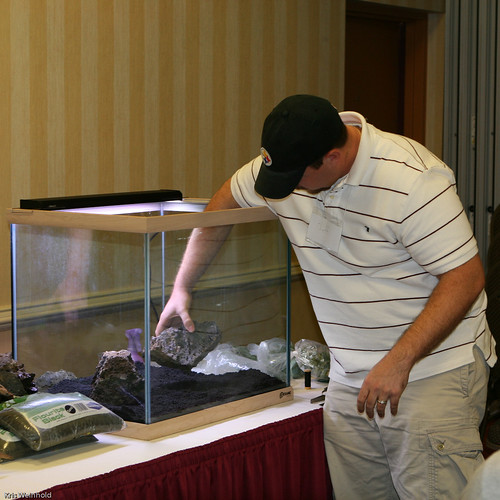
We gave a pretty straight forward aquascaping demonstration, trying to mimic Amano’s demonstration at the 2004 AGA convention that GWAPA hosted. Jeff added some brand new Seachem Flourite Black to our 37G Oceanic tank, and began setting up the hardscape. I did my best to explain that you often want to group rocks into odd numbered groupings, and avoid symmetry when possible.

Once the hardscape was in place, Jeff and I started planting HC in the foreground, along with some Blyxa japonica, anubias barteri var. ‘nana‘ and downoi in the midground.
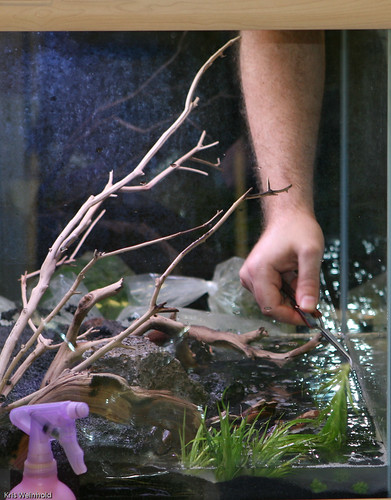
We explained how you want to plant the tank mostly dry, with just enough water to compact the substrate for easier planting. After planting all of stems it was time to fill up the tank.

Eric Do helped out with the chore of filling up the tank, using the empty Flourite Black bag as a shield to disturb the substrate as little as possible. (I mentioned yesterday how Eric is a great guy, right?) I continued planting, and also added some Java moss to the branches of the manzanita.
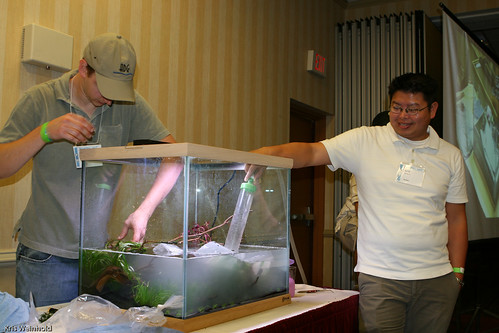
Finally, with the help of a H.O.T. magnum micron filter, the water cleared, and we were left with the aquascape below. It didn’t come perfectly, but it was enough to inspire plenty of questions from the folks attending. This entire setup was raffled off the next day, with lucky winner Rodney C., winning the raffle.
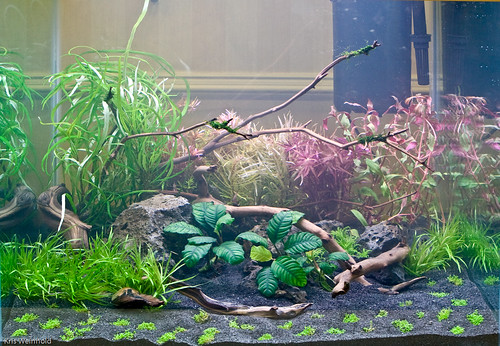
The auction itself was a HUGE event. Registration started around 9:00am. All items were auctioned off by 7:45pm. Yes, the auction ran non-stop from 10:00am to 7:45pm, selling at least2000 individual items by my estimate. Some club members believe that it may be the largest aquarium auction ever in the history of the three clubs participating. If you missed it, you missed an opportunity to grab anything from books, tanks, equipment, fish, plants, invertebrates, substrate, etc. at great prices.
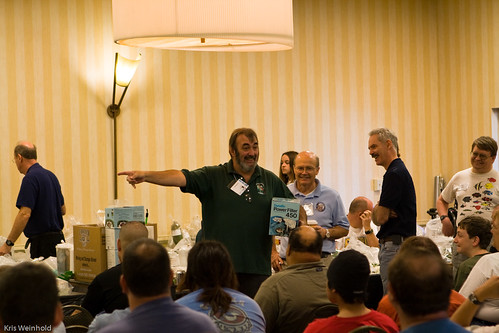
I didn’t come away empty-handed, either. I won the following:
Fish:
Nannochromis nudiceps
Ancistrus sp. L279 “Huaco Mayo”
Corydoras Paleatus
Plants:
Crypt. wendtii “Dewitt”
Anubias sp. “Gasser”
Anubias barteri var. ‘nana eyes’
I’ll post more about where all of those things went later this week.



